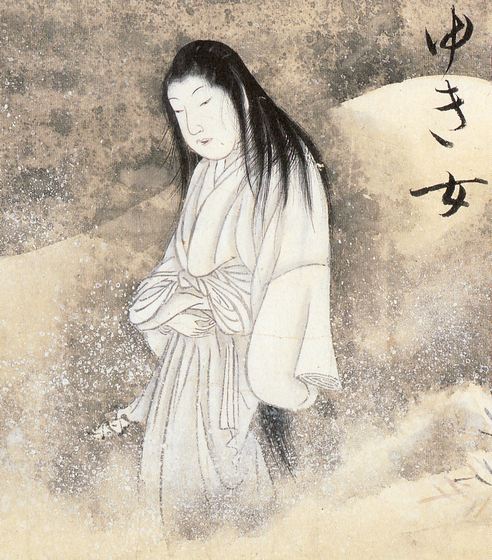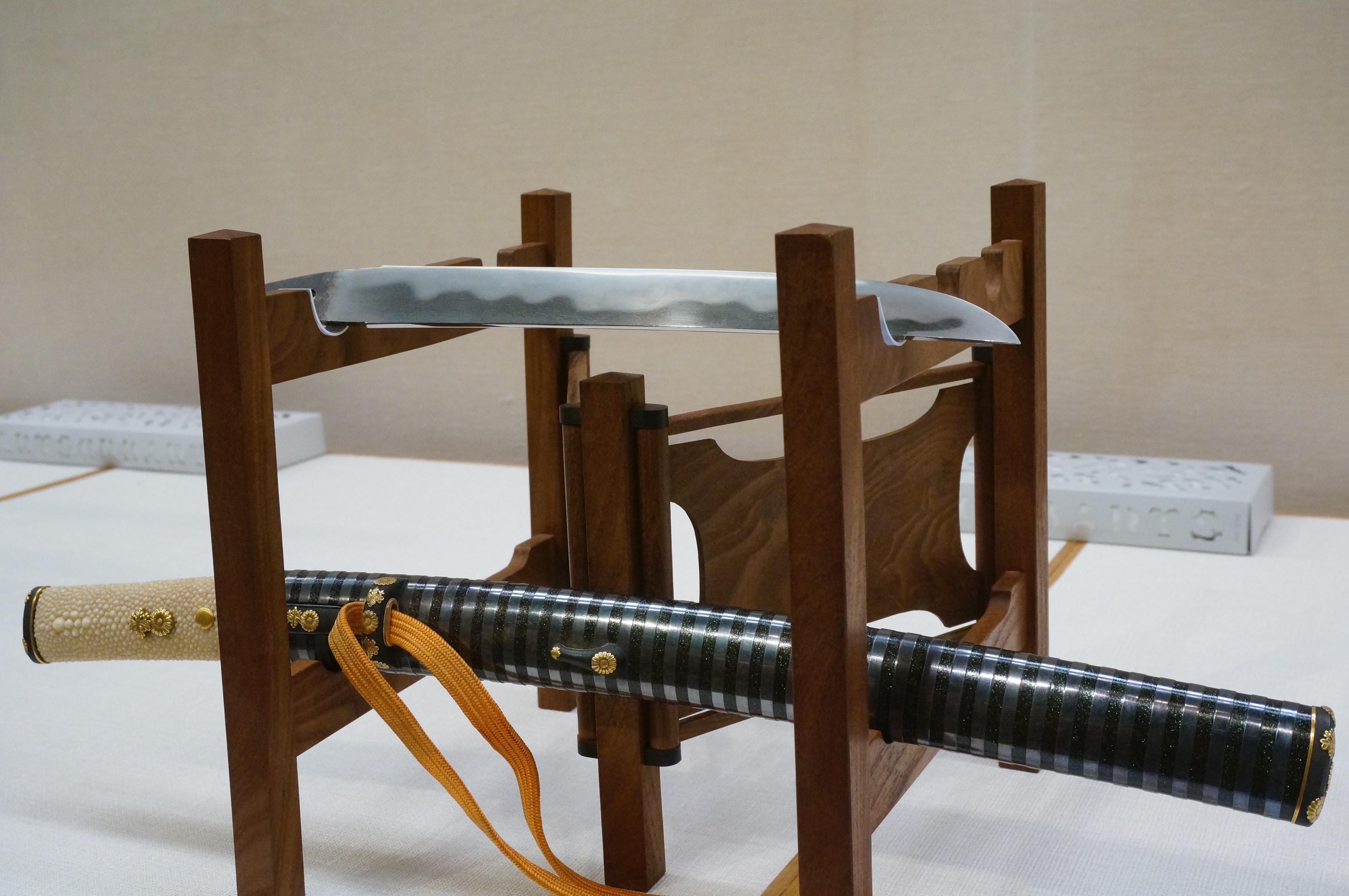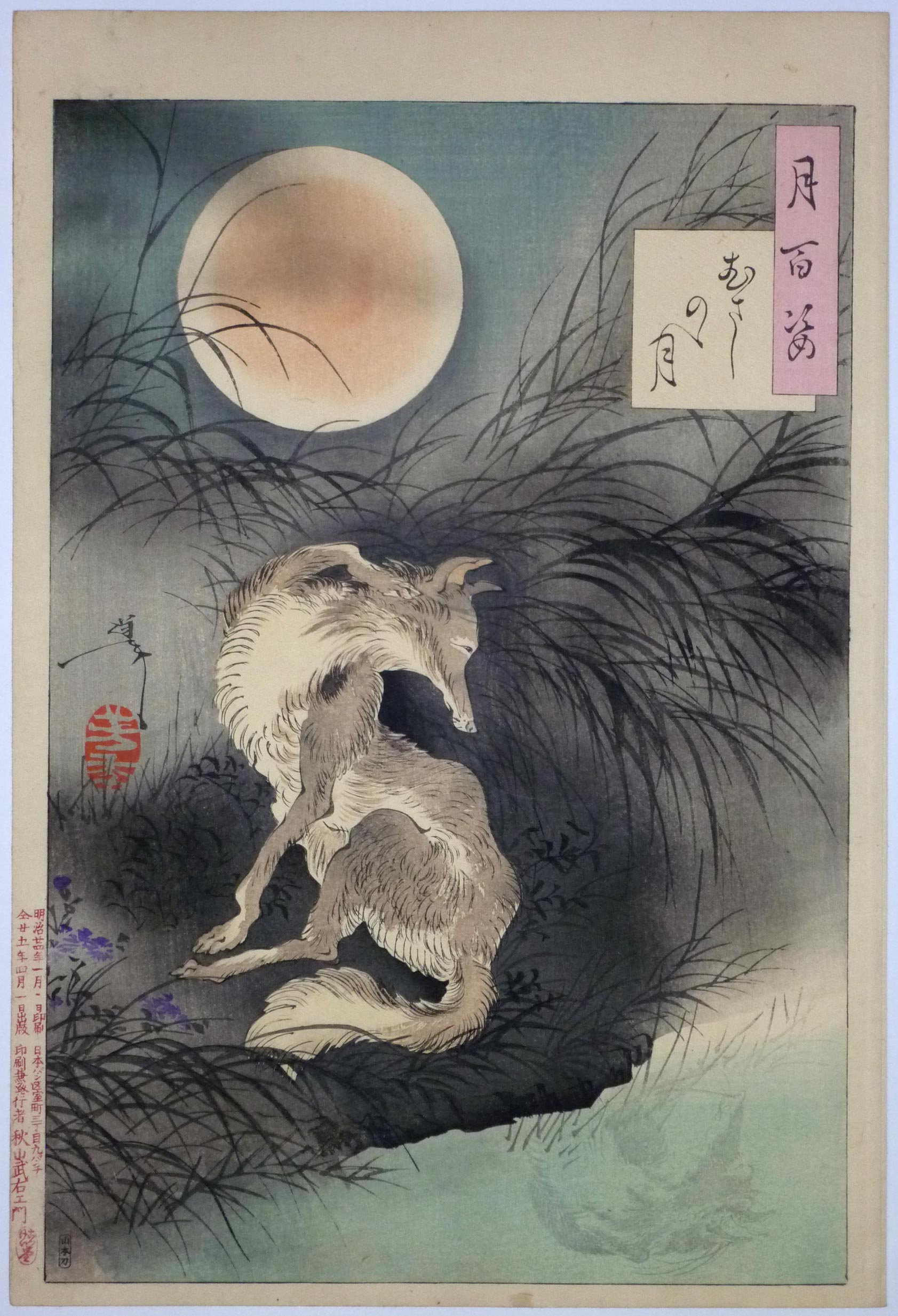|
Dreams (1990 Film)
, also known as ''Akira Kurosawa's Dreams'', is a 1990 magical realism, magical realist anthology film of eight vignettes written and directed by Akira Kurosawa. Inspired by actual recurring dreams that Kurosawa had, it stars Akira Terao, Martin Scorsese, Chishū Ryū, Mieko Harada and Mitsuko Baisho. It was the director's first film in 45 years in which he was the sole author of the screenplay. An international co-production of Japan and the United States, ''Dreams'' was made five years after ''Ran (film), Ran'', with assistance from George Lucas and Steven Spielberg, and funded by Warner Bros. Pictures, Warner Bros. The film was screened out of competition at the 1990 Cannes Film Festival, and has consistently received positive reviews. ''Dreams'' addresses themes such as childhood, spirituality, art, death, and mistakes and transgressions made by humans against nature. Plot The film does not have a single narrative, but is episodic in nature, following the adventures of a " ... [...More Info...] [...Related Items...] OR: [Wikipedia] [Google] [Baidu] |
Anthology Film
An anthology film (also known as an omnibus film or a portmanteau film) is a single film consisting of three or more shorter films, each complete in itself and distinguished from the other, though frequently tied together by a single theme, premise, or author. Sometimes each one is directed by a different director or written by a different author, or may even have been made at different times or in different countries. Anthology films are distinguished from " revue films" such as '' Paramount on Parade'' (1930)—which were common in Hollywood in the early decades of sound film, composite films, and compilation films. Anthology films are often mistaken with hyperlink cinema. Hyperlink cinema shows parts of many stories throughout a film, whereas anthology films show story segments of one at a time. Some mistaken examples include ''Pulp Fiction'' (1994) and '' Amores Perros'' (2000), distributing their storylines non-chronologically, separated by segments. Films *''Intolerance' ... [...More Info...] [...Related Items...] OR: [Wikipedia] [Google] [Baidu] |
Chishū Ryū
was a Japanese actor who, in a career lasting 65 years, appeared in over 160 films and about 70 television productions. Early life Ryū was born in Tamamizu Village, Tamana, Kumamoto, Tamana County, a rural area of Kumamoto Prefecture in Kyushu, the most southerly and westerly of the four main islands of Japan. His father was chief priest of Raishōji (来照寺), a temple of the Honganji School of Pure Land Buddhism. Ryū attended the village elementary school and a prefectural middle school before entering the Department of Indian Philosophy and Ethics at Toyo University, Tōyō University to study Buddhism. His parents hoped he would succeed his father as priest of Raishōji, but Ryū had no wish to do so and in 1925 dropped out of university and enrolled in the acting academy of the Shōchiku motion picture company's Kamata, Ōta, Tokyo, Kamata Studios. Shortly afterwards, his father died and Ryū returned home to take on the role of priest. Within half a year or so, however, ... [...More Info...] [...Related Items...] OR: [Wikipedia] [Google] [Baidu] |
Anti-tank Dog
Anti-tank dogs ( ''sobaki-istrebiteli tankov'' or ''protivotankovye sobaki''; or ''Hundeminen'', "dog-mines") were dogs taught to carry explosives to tanks, armored vehicles, and other military targets. They were intensively trained by the Soviet military forces between 1930 and 1946, and used from 1941 to 1943, against German tanks in World War II. Initially, dogs were trained to leave a timer-detonated bomb and retreat, but this routine was replaced by an impact-detonation procedure which killed the dog in the process. Background In 1924, the Revolutionary Military Council of the Union of Soviet Socialist Republics approved the use of dogs for military purposes, which included a wide range of tasks such as rescue, delivery of first aid, communication, tracking mines and people, assisting in combat, transporting food, medicine and injured soldiers on sleds, and destruction of enemy targets. The idea of using dogs as mobile mines was developed in the 1930s, together with the d ... [...More Info...] [...Related Items...] OR: [Wikipedia] [Google] [Baidu] |
Second World War
World War II or the Second World War (1 September 1939 – 2 September 1945) was a World war, global conflict between two coalitions: the Allies of World War II, Allies and the Axis powers. World War II by country, Nearly all of the world's countries participated, with many nations mobilising all resources in pursuit of total war. Tanks in World War II, Tanks and Air warfare of World War II, aircraft played major roles, enabling the strategic bombing of cities and delivery of the Atomic bombings of Hiroshima and Nagasaki, first and only nuclear weapons ever used in war. World War II is the List of wars by death toll, deadliest conflict in history, causing World War II casualties, the death of 70 to 85 million people, more than half of whom were civilians. Millions died in genocides, including the Holocaust, and by massacres, starvation, and disease. After the Allied victory, Allied-occupied Germany, Germany, Allied-occupied Austria, Austria, Occupation of Japan, Japan, a ... [...More Info...] [...Related Items...] OR: [Wikipedia] [Google] [Baidu] |
Company (military Unit)
A company is a Military organization#Commands, formations, and units, military unit, typically consisting of 100–250 soldiers and usually commanded by a Major (rank), major or a Captain (armed forces), captain. Most companies are made up of three to seven platoons, although the exact number may vary by country, unit type, and structure. Usually several companies are grouped as a battalion or regiment, the latter of which is sometimes formed by several battalions. Occasionally, ''independent'' or ''separate'' companies are organized for special purposes, such as the Air Naval Gunfire Liaison Company, 1st Air Naval Gunfire Liaison Company or the 3rd Force Reconnaissance Company. These companies are not organic to a battalion or regiment, but rather report directly to a higher level organization such as a Marine Expeditionary Force headquarters (i.e., a corps-level command). Historical background The modern military company became popularized during the reorganization of the S ... [...More Info...] [...Related Items...] OR: [Wikipedia] [Google] [Baidu] |
Yuki-onna
is a spirit or yōkai in Japanese folklore that is often depicted in Japanese literature, films, or animation. She may also go by such names as ''yuki-musume'', cited by (雪娘, "snow daughter"), ''yukihime'' (雪姫, "snow princess"), ''yuki-onago'' (雪女子, "snow girl"), ''yukijorō'' (雪女郎, "snow woman"), ''yuki anesa'' (雪姉さ, "snow sis"), ''yuki-onba'' (雪乳母, "snow granny" or "snow nanny"), ''yukinba'' (雪婆, "snow hag") in Ehime, ''yukifuri-baba'' (雪降り婆, "snowfall witch" or "snowfall hag") in Nagano. They are also called several names that are related to icicles, such as '' tsurara-onna'', ''kanekori-musume'', and ''shigama-nyōbō''. Origins Yuki-onna originates from folklores of olden times; in the Muromachi period '' Sōgi Shokoku Monogatari'' by the renga poet Sōgi, there is a statement on how he saw a yuki-onna when he was staying in Echigo Province (now Niigata Prefecture), indicating that the legends already existed in the Muromachi ... [...More Info...] [...Related Items...] OR: [Wikipedia] [Google] [Baidu] |
Etenraku
is a Japanese gagaku melody and dance. It is usually played with a hichiriki or ryūteki, and is accompanied by other traditional instruments such as the shō, koto and kakko. History The origin of Etenraku is not fully known. There are theories that the melody was created in Japan, but others believe that it is from Khotan, a tributary state of the Tang dynasty that became part of the repertoire of the Chinese court. During the Heian period, a gagaku form known as became popular. In this form, poems would be sung using melodies. Etenraku was one of the most popular melodies to be used in imayō. In 1931, Hidemaro Konoye arranged an orchestral version of the piece, and it was later picked up by Leopold Stokowski. These days, Etenraku is often performed at wedding ceremonies. Melody There are different versions of Etenraku in three of the mode Mode ( meaning "manner, tune, measure, due measure, rhythm, melody") may refer to: Arts and entertainment * MO''D''E (maga ... [...More Info...] [...Related Items...] OR: [Wikipedia] [Google] [Baidu] |
Hinamatsuri
, also called Doll's Day or Girls' Day, is an annual festival in Japan (but not a national holiday), celebrated on 3March of each year. Nussbaum, Louis-Frédéric (2005)"Hina Matsuri"in ''Japan Encyclopedia'', p. 313. Platforms covered with a red carpet material are used to display a set of representing the emperor, empress, attendants, and musicians in traditional court dress of the Heian period. Customs is one of the that are held on auspicious dates of the Lunisolar calendar: the first day of the first month, the third day of the third month, and so on. After the adoption of the Gregorian calendar, these were fixed on 1January, 3March, 5May, 7July, and 9September. The festival was traditionally known as the , as peach trees typically began to flower around this time. Although this is no longer true since the shift to Gregorian dates, the name remains and peaches are still symbolic of the festival. The primary aspect of is the display of seated female and male d ... [...More Info...] [...Related Items...] OR: [Wikipedia] [Google] [Baidu] |
Tantō
A is a traditionally made Japanese knife () that was worn by the samurai class of feudal Japan. The dates to the Heian period, when it was mainly used as a weapon but evolved in design over the years to become more ornate. were used in traditional martial arts () and in the ''seppuku'' suicide ritual. The term has seen a resurgence in the West since the 1980s as referring to a point style of modern tactical knives, designed for piercing or stabbing, though the style is not present on any traditional tantō. A Tanto knife may refer to an American style of blade based of the Japanese , usually with a squared rather than curved tip. Description The is a single or double edged dagger with a length between (1 Japanese ). The was designed primarily as a stabbing weapon, but the edge can be used for cutting, slashing as well. are generally Forging, forged in the style (without a ridgeline), meaning that their sides have no ridge line and are nearly flat, unlike the structur ... [...More Info...] [...Related Items...] OR: [Wikipedia] [Google] [Baidu] |
Kitsune
The , in popular Japanese tradition, are foxes or fox spirits that possess supernatural abilities such as shapeshifting, and capable of bewitching people. General overview , though literally a 'fox', becomes in folklore a ' fox spirit', or perhaps a type of . They are ascribed with intelligence and magical or supernatural powers, especially so with long-living foxes. The ''kitsune'' exhibit the ability of , or transforming its shape and appearance, like the '' tanuki'' as well as the ability to , i.e. beguile or bewitch; these terms are related to the generic term meaning "spectre" or "goblin". Another scholar ascribes the ''kitsune'' with being a "disorienting deity" (that makes the traveler lose his way) and such capabilities were also ascribed to badgers (actually '' tanuki'' or raccoon dog) and occasionally to cats (cf. '' bakeneko''). The archetypal method by which the ''kitsune'' tricks () humans is to lead them astray, or make them lose their way. The experiences ... [...More Info...] [...Related Items...] OR: [Wikipedia] [Google] [Baidu] |
Kitsune No Yomeiri
The is a term or metaphor for certain natural phenomena, or a folk belief regarding a supernatural event, in Honshu, Shikoku, and Kyushu. The term "kitsune no yomeiri" can refer to several things: atmospheric ghost lights, in which it appears as if paper lanterns from a wedding procession are floating through the dark; sunshowers; or various other phenomena that may resemble wedding processions and are referenced in classical Japanese Kaidan (parapsychology), ''kaidan'', essays, and legends. The ''kitsune no yomeiri'' is always closely related to foxes, or ''kitsune,'' who often play tricks on humans in Japanese legend; various Shinto rituals and festive rites relating to the ''kitsune no yomeiri'' have been developed in various parts of Japan. As atmospheric ghost lights A topography book of the Echigo Province (now Niigata Prefecture), from the Hōreki period, the "Echigo Nayose" (越後名寄), includes the following statement about the appearance of the "kitsune no yomeiri": ... [...More Info...] [...Related Items...] OR: [Wikipedia] [Google] [Baidu] |
Sunshower
A sunshower, or sun shower, is a meteorological phenomenon in which rain falls while the Sun is seen shining. A sunshower is usually a result of winds associated with a rain storm sometimes miles away, blowing the airborne raindrops into an area where there are no clouds. Sometimes a sunshower is created when a single rain Shower (precipitation), shower cloud passes overhead, and the Sun's angle keeps the sunlight from being obstructed by overhead clouds. Sunshower conditions often lead to the appearance of a rainbow, if the sun is at a sufficiently low angle. Names Although the term "sunshower" is used in the United States, Canada, Australia, New Zealand, Republic of Ireland, Ireland and the UK, it is rarely found in dictionaries. The phenomenon has a wide range of sometimes remarkably similar folklore, folkloric names in cultures around the world. A common theme is that of clever animals and tricksters like the devil or witches getting married, although many variations of this ... [...More Info...] [...Related Items...] OR: [Wikipedia] [Google] [Baidu] |







